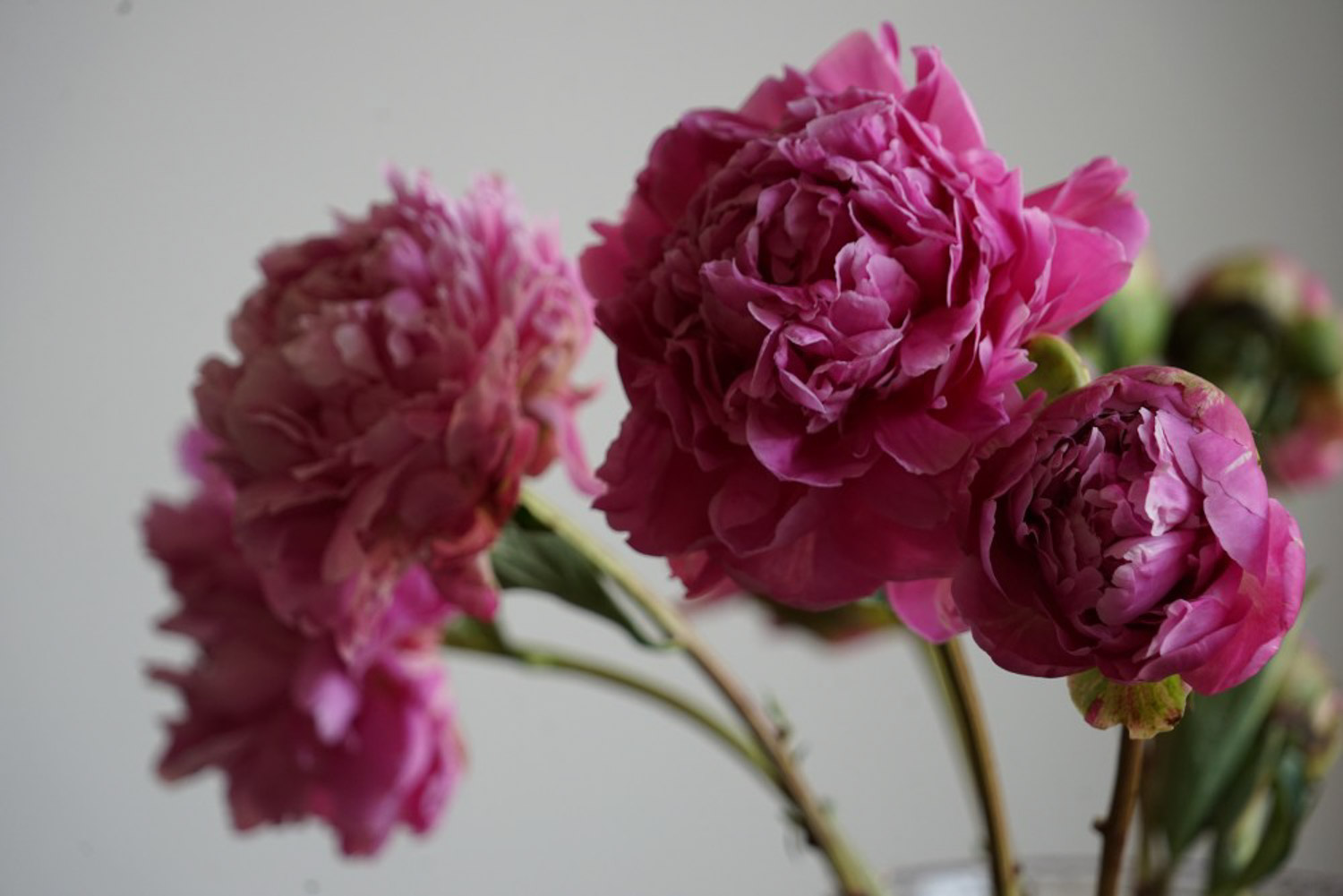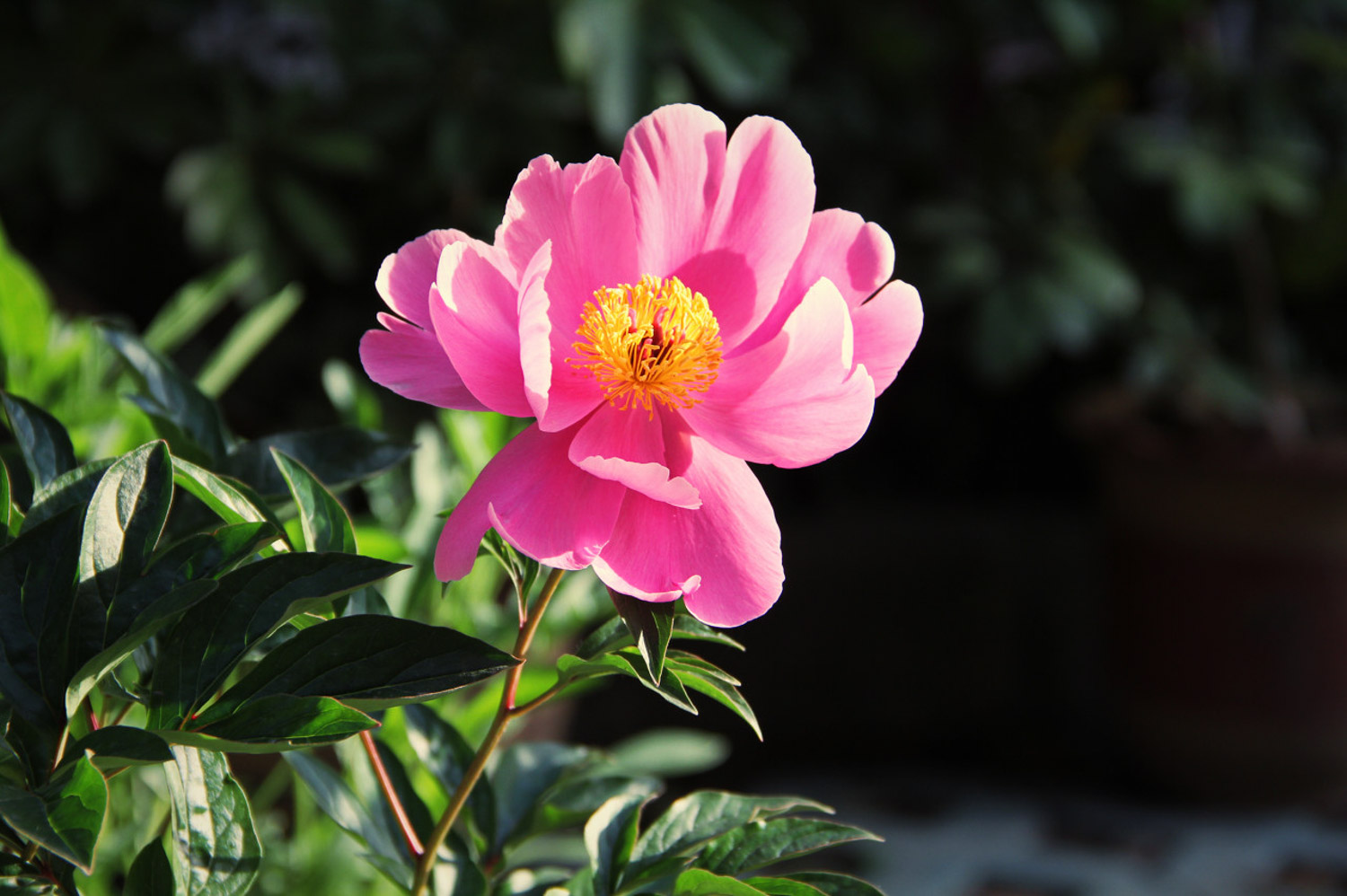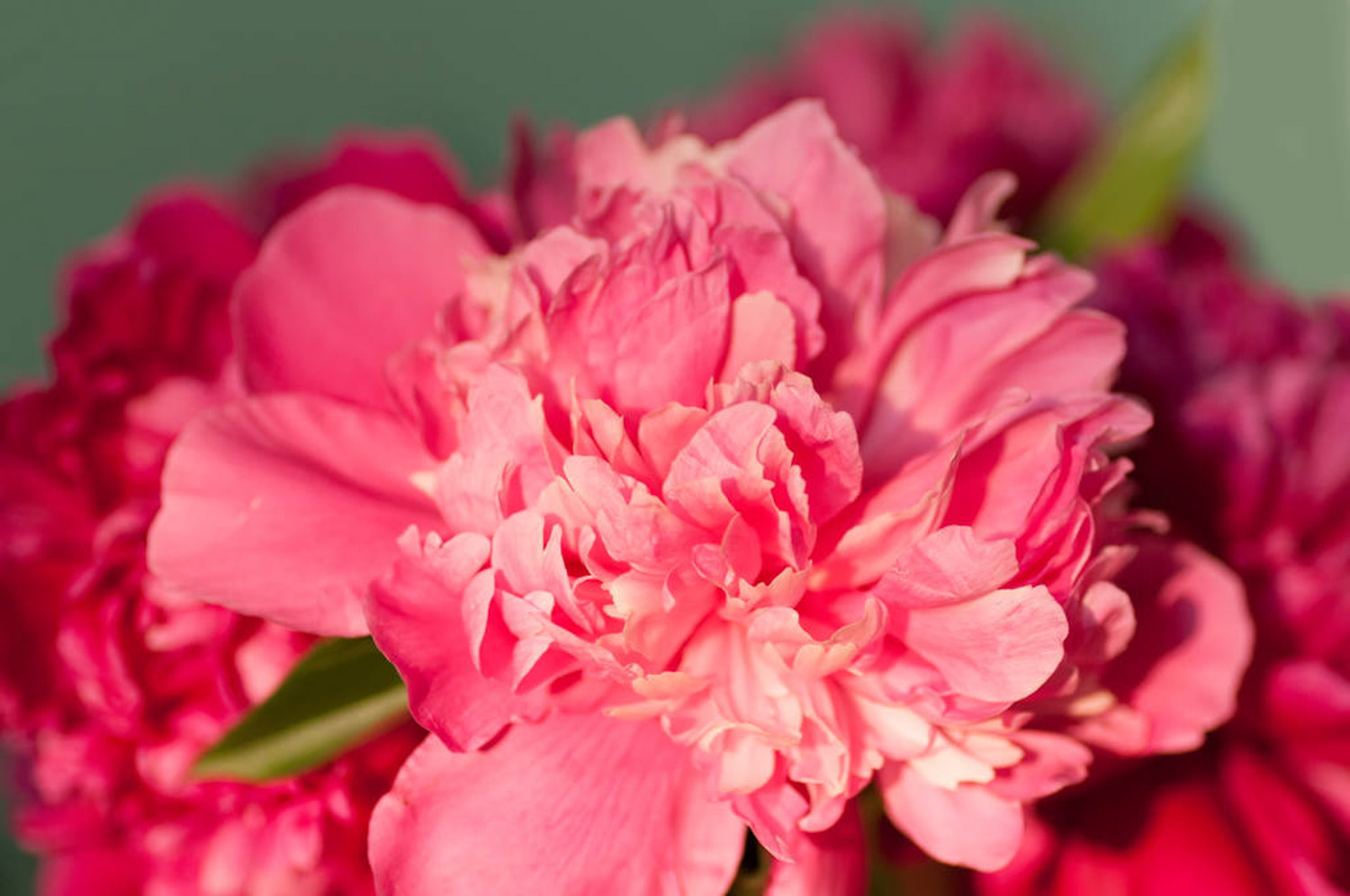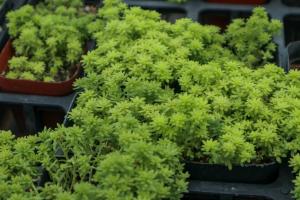1、 Same
Peony is a kind of plant, while white peony is a kind of traditional Chinese medicine. It is the dry root of the former. Generally, it is dug out in summer and autumn. After washing, remove the head and tail and fine roots, and boil it in boiling water. After the skin is boiled off, it can be fished out, and then it can be dried in the sun. This medicine can nourish blood and regulate menstruation. At the same time, it can restrain Yin and stop sweating, and soften the liver and relieve pain

2、 Morphological characteristics
1. Root: the root of Paeonia lactiflora is divided into root neck, root tuber and fibrous root. The root neck is the upper part of the root, which is dark in color, and there are buds growing on it. The root tuber grows from the lower part of the root neck. It is usually fleshy and thick. The shape is spindle shaped. It is light yellowish brown on the outside and white inside. It usually does not sprout. Fibrous roots grow on the surface of root tubers and can absorb water and nutrients

2. Bud: the bud of Paeonia lactiflora grows on the root neck and is also fleshy. It will spend winter underground and will not grow until spring. It's red when it comes out, and then the color will change, with scales on the outside. Bud is a mixed bud, which not only contains flower buds, but also grows stems and leaves. Its length is between 2.5-4 cm and its shape is a bit like bamboo shoots or tip of nose
3. Leaves: the leaves of Paeonia lactiflora are pinnately compound leaves. At first, there are four leaves on both sides, then gradually reduce, and finally only three leaflets at the top are left. The leaves above it are single leaves, with a length of 20-24 cm. The surface is yellow green, green or dark green, and the back is light green. Some leaves have hair and some have no hair

4. Flowers: the flowers of Paeonia lactiflora grow at the top of the stem. They are generally solitary, and some will have 2 or 3 flowers combined. Its original flowers are white, up to 8-11 cm in diameter, and there are 5-13 petals. After cultivation, its designs and colors are gradually enriched, including red, pink, yellow, purple, black and other colors. It looks very beautiful

 how many times do yo...
how many times do yo... how many planted tre...
how many planted tre... how many pine trees ...
how many pine trees ... how many pecan trees...
how many pecan trees... how many plants comp...
how many plants comp... how many plants can ...
how many plants can ... how many plants and ...
how many plants and ... how many pepper plan...
how many pepper plan...































